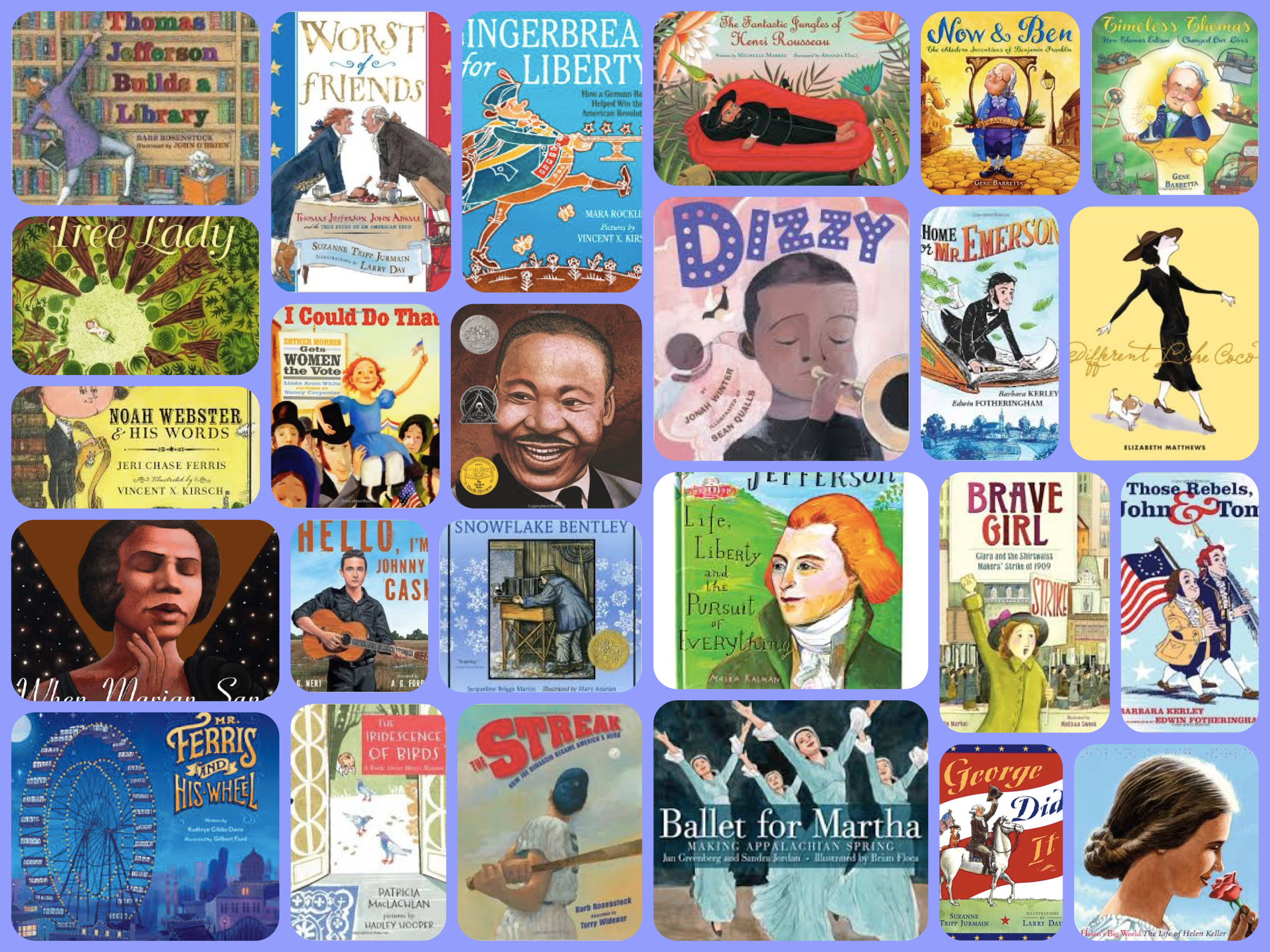
Mentor Texts for Writers: Building a Picture Book Biography
Recently, I have been writing a picture book biography. I love the topic, I love the research, but I do not love how it’s structured at this point. I haven’t yet captured the essence of the story through the way I’m telling it. So, I began investigating unique ways to structure a picture book biography. I sifted through biographies I really, really loved and narrowed my focus to the ones that truly embodied what I was trying to learn.
There are so many different structures, and I have just scratched the surface with these examples.
One Person, Many Books
One of the things I love about picture book biographies that are being published is that many new angles are being presented about “old” subjects. For example, Thomas Jefferson is a person that nearly every child studies in school, but I am always fascinated by the ways that authors present him in new ways.
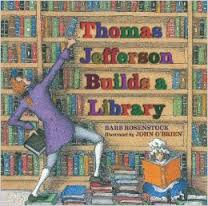
Thomas Jefferson Builds a Library by Barb Rosenstock, illustrated by John O’Brien
Thomas Jefferson: Life, Liberty and the Pursuit of Everything by Maira Kalman
Those Rebels, John and Tom by Barbara Kerley, illustrated by Edwin Fotheringham
Worst of Friends: Thomas Jefferson, John Adams and the True Story of an American Feud by Suzanne Tripp Jurmain, illustrated by Larry Day
Biography in Verse
These books are biographies, but they are told in free verse. Both of them reflect the music of their subjects. By using free verse poetry the poets were able to distill things down to their very essence.
Dizzy by Jonah Winter, illustrated by Sean Qualls
Hello, I’m Johnny Cash by G. Neri, illustrated by A.G. Ford
Utilizing a Frame that was Important to the Subject
In When Marian Sang, Marian Anderson was a famous singer. Pam Munoz Ryan has sprinkled hymns throughout the book that are reflective of the songs she sang and the story of her life. In Noah Webster’s Words, Ferris has utilized words and their dictionary-esque definitions to mirror the major accomplishment in Webster’s life.
Noah Webster and His Words by Jeri Chase Ferris, illustrated Vincent X. Kirsch
When Marian Sang by Pam Munoz Ryan, illustrated by Brian Selznick
Narrow Focus or Short Time Frame
Instead of focusing on the person’s whole life, these books focus on a particular time or event in someone’s life.
Gingerbread for Liberty! How a German Baker Helped Win the American Revolution by Mara Rockliff, illustrated by Vincent X. Kirsch
A Home for Mr. Emerson by Barbara Kerley, illustrated by Edwin Fotheringham
The Streak: How Joe DiMaggio Became America’s Hero by Barb Rosenstock, illustrated by Terry Widener
Comparing and Contrasting
These books are set up with a comparing/contrasting structure. Coco Chanel is compared to other people in Different Like Coco. Ben Franklin’s and Thomas Edison’s inventions are compared to modern inventions in Now and Ben and Timeless Thomas.
Different Like Coco by Elizabeth Matthews
Now and Ben: The Modern Inventions of Benjamin Franklin by Gene Barretta
Timeless Thomas: How Thomas Edison Changed Our Lives by Gene Barretta
Main Text and Sidebar Information
When drafting a nonfiction book, there is so much information that you want to impart to readers, but you also don’t want to overwhelm them. I love books that utilize sidebars that supplement the main text. The lovely thing about sidebars is that the book can then appeal to different levels of readers. For some readers the main story line will be just enough. For older readers, all the information is helpful.
Mr. Ferris and His Wheel by Kathryn Gibbs Davis, illustrated by Gilbert Ford
Snowflake Bentley by Jacqueline Briggs Martin, illustrated by Mary Azarian
Thomas Jefferson Builds a Library by Barb Rosenstock, illustrated by John O’Brien
Incorporating Quotes
Of course, incorporating primary resources is a bonus when it comes to biographies. It also helps serve as a mentor text to young writers how primary resources can be incorporated. But as a writer, it’s hard to get those quotes incorporated just right without being too clunky. These books handle quotes from the biography’s subject well right within the text of the story.
Helen’s Big World: The Life of Helen Keller by Doreen Rappaport, illustrated by Matt Tavares
A Home for Mr. Emerson by Barbara Kerley, illustrated by Edwin Fotheringham
Martin’s Big Words: The Life of Dr. Martin Luther King, Jr. by Doreen Rappaport, illustrated by Brian Collier
Present Tense
When writing about the past, it seems counterintuitive to write in present tense. But these books do just that, and it works well. I never thought about a tense change as a possibility for my historical book, but these examples make the reader feel like they are right there in the moment. They bring history alive, and that’s what many authors of historical books would love to do.
Ballet for Martha: Making Appalachian Spring by Jan Greenberg, illustrated by Sandra Jordan
Brave Girl: Clara and the Shirtwaist Makers’ Strike of 1909 by Michelle Markel, illustrated by Melissa Sweet
The Fantastic Jungles of Henri Rousseau by Michelle Markel, illustrated by Amanda Hall
Using a Refrain
I’ve been fascinated by refrains in picture books. I love to see how an author takes a thread of a story and crafts a refrain. While it’s fun to see these in fiction picture books, I’ve really enjoyed seeing them in nonfiction as well.
George Did It by Suzanne Tripp Jurmain, illustrated by Larry Day
I Could Do That! Esther Morris Gets Women the Vote by Linda Arms White, illustrated by Nancy Carpenter
The Tree Lady: The True Story of How One Tree-Loving Woman Changed a City Forever by H. Joseph Hopkins, illustrated by Jill McElmurry
Nonfiction Second Person Point of View
I’ve read several nonfiction science books written in second person point of view, but this is the first second person biography I’ve read. While I’ve seen some biographies that talk to the reader directly for a paragraph or so, this is the only recent one I’ve found that carries that thread all the way through.
The Iridescence of Birds by Patricia McLachlan, illustrated by Hadley Hooper
Try it Out
Do you need to breathe new life into a nonfiction book, especially a picture book biography? Try reworking it using one of these structures.
A special thanks goes out to Jackie Wellington, who sent me an enormous list of books for me to check out for unique structures. That list got me out of my funk and back to work.
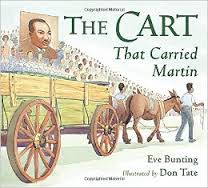
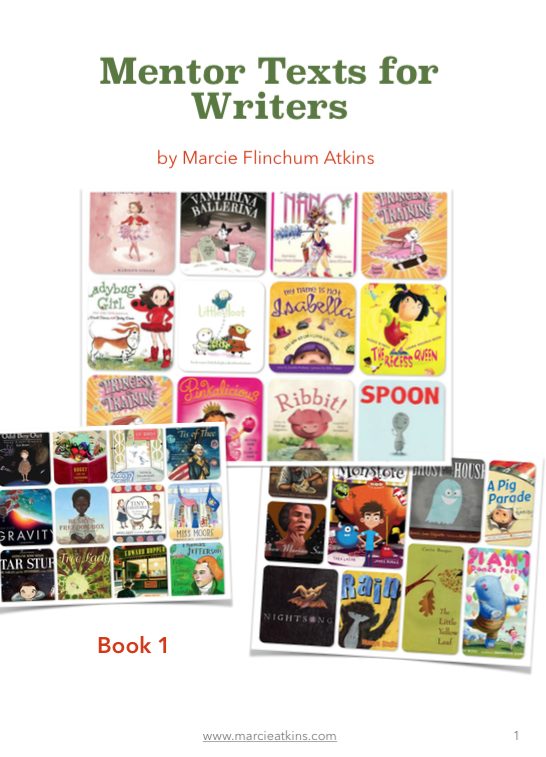
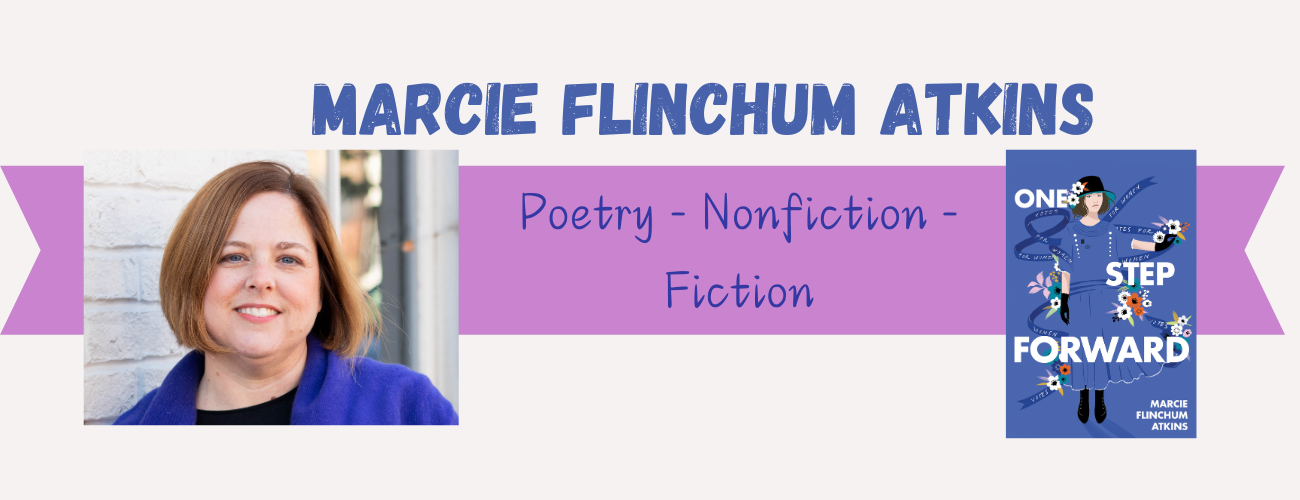
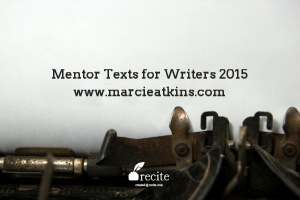
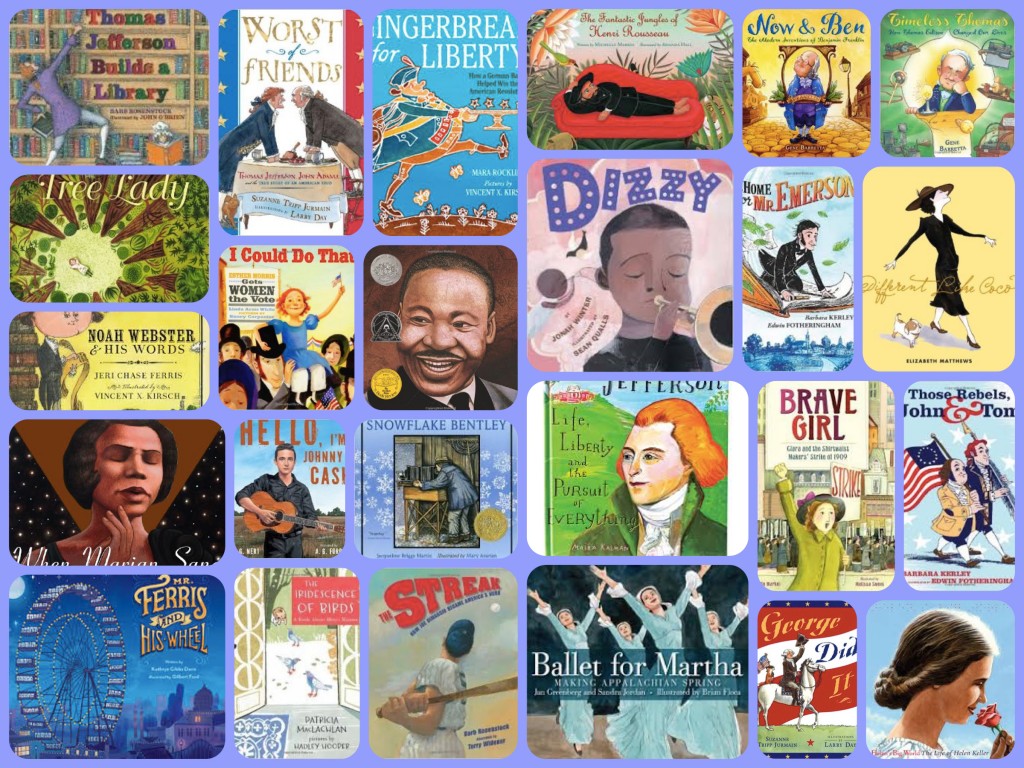
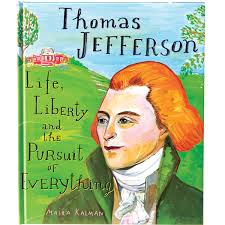
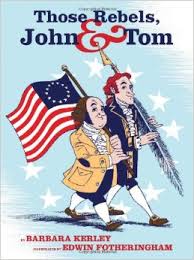
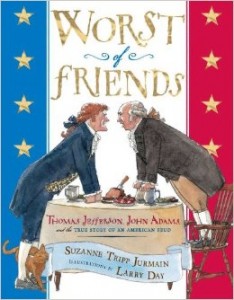
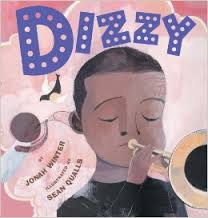
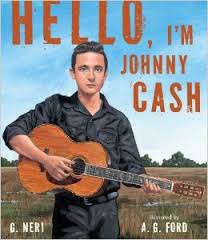
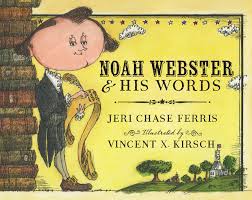
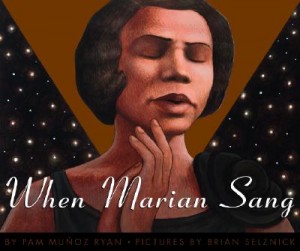
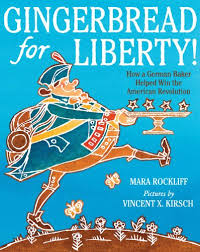
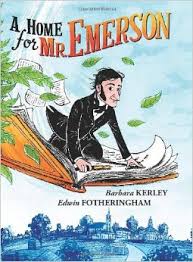
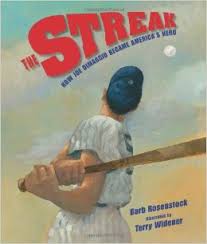
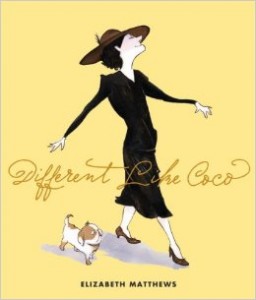
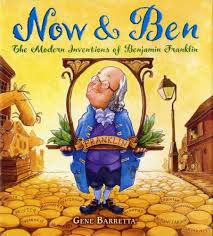
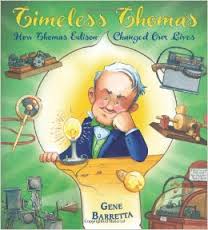
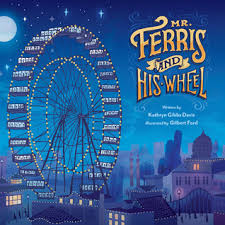
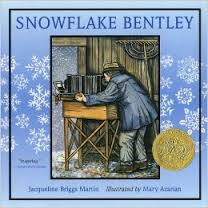
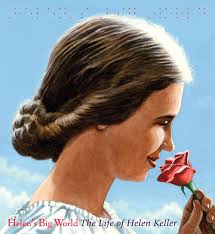
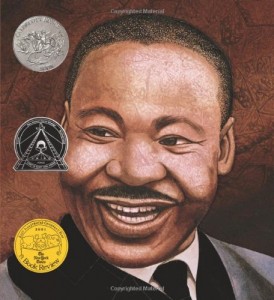
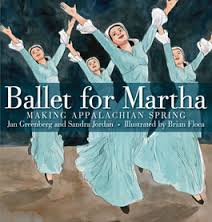
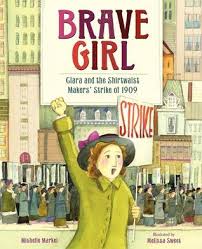
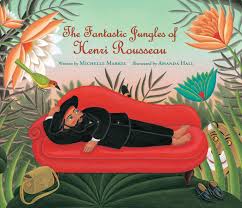
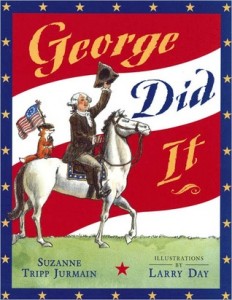
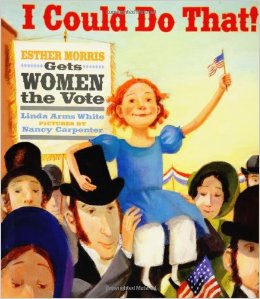
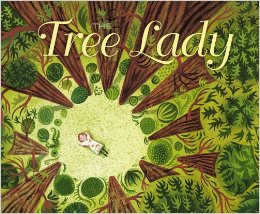
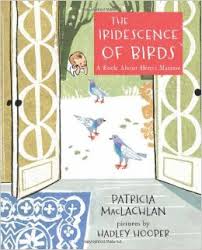
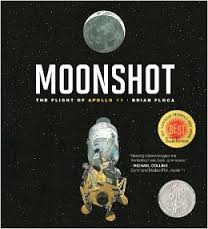


30 Comments
mona
Thanks, Marcie, for this amazing list of mentor books and how you categorized them. Wow, you did a ton of legwork for us! And thanks to Jackie Wellington too, for all her help.
Marcie Flinchum Atkins
Thanks so much! I did all of this work for my own study as I tried to figure out my story. I thought it would be great to share it. Jackie was awesome with possible titles as I whined about how I couldn’t get the structure “just right.”
Sue Heavenrich
Great post! thanks for sharing all these structures – I know I’ll be putting these to good use.
Marcie Flinchum Atkins
Thanks, Sue!
sue frye
I really enjoyed this post, Marcie! I know you must have done a ton of research. Thanks for sharing!
Marcie Flinchum Atkins
Sue, I do read a lot. Most of these posts are synthesizing and noticing patterns for me. I’m so glad you find it helpful.
I’m so glad you find it helpful.
Jilanne Hoffmann
Wow! What a great list of mentor texts! I’ve read some of these, but there are so many more great ones for me to explore. Thanks for sharing this information!
Marcie Flinchum Atkins
Thanks, I hope you find some books that will appeal to you!
Kirsten Larson
Keep working at it Marcie. I just started over on a PB bio I’ve been working on for a year. It was 4 complete restarts and multiple revisions. But the latest version had my critique group finally saying, “This is ready!”
Marcie Flinchum Atkins
I will keep working, Kirsten! Thanks for the encouragement. I know I just have to find the right way “in” to this story. And I’m so happy for you!!! A “this is ready” signal is always wonderful!!!
Thanks for the encouragement. I know I just have to find the right way “in” to this story. And I’m so happy for you!!! A “this is ready” signal is always wonderful!!!
Debra Shumaker
Wow, this came at the perfect time. Working on two bios/slice of life books right now. Thanks so much!
Marcie Flinchum Atkins
Yay! I’m glad you found it helpful, Deb!
Cathy Ballou Mealey
I always learn a thing or two – or three – from your posts Marcie. This one is exceptionally good.
Thanks to you and to Jackie!
Marcie Flinchum Atkins
Thanks, Cathy! I’m so glad you found it helpful!
Darshana
Excellent post worth saving and looking back to when I get stuck. Thanks!
Marcie Flinchum Atkins
Thanks, Darshana! I look forward to your feedback on my latest version.
Joanne Roberts
Thanks for distilling the essence of these books. It was such a helpful post. I’ve read most of these myself this past year in preparation for my current NF PB. The more I read, the more excited I get about sharing non-fiction with kids. I’ll be sure to pass on the link to your blog.
Marcie Flinchum Atkins
Thanks, Joanne!
Patricia A Miller
Thanks for all your work on this and for sharing it with us. I’ve already ordered some of them!
Marcie Flinchum Atkins
Oh wonderful! There are some good ones in this list that I want to read over and over again.
Linda Bozzo
Thank you, Marcie and Jackie. More books for my next library haul!
Marcie Flinchum Atkins
I know, Linda! After I finished this post, I literally took back a trunkful of books to the library. Thank goodness they have a drive-thru!
After I finished this post, I literally took back a trunkful of books to the library. Thank goodness they have a drive-thru!
Sandy Perlic
Thanks for the great leads on possible structures. I’ve been struggling with how to approach one NF topic – the idea is great, facts are solid, but how to present in the best, most engaging way for the material? I’ll check out some of these books to see what ideas shake loose. Thanks!
Marcie Flinchum Atkins
Sandy, I think that’s what I struggle with too. Tons of research, but how do I make it accessible in the best possible way?
Kaye Baillie
Information rich post, thanks Marcie. Just love your examples. It’s amazing how many different biographies are out there.
Marcie Flinchum Atkins
Thanks, Kaye. I feel like I just scratched the surface of PB Bios. There are so many more than what I listed. So many fabulous books to study!
Tina Cho
Excellent! Thanks for breaking it down. Good list.
Marcie Flinchum Atkins
Thanks, Tina!
Juliet Clare Bell
I want to come over to the States and spend a whole week just reading all the amazing true story picture books that are available there (and not here in the UK)! It would be so worthwhile… Thanks for the post -and yet more books I’d love to read,
Happy writing everyone, Clare.
Kara Newhouse
Great list! Both the structures and the books.
Another good example of incorporating quotes is Malala, A Brave Girl from Pakistan/Iqbal, A Brave Boy from Pakistan by Jeanette Winter.